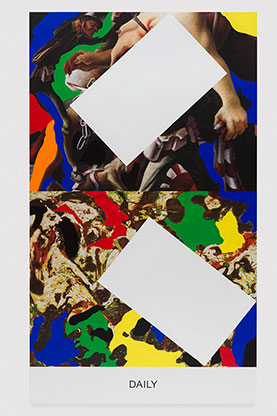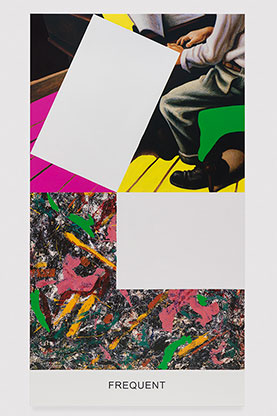WITHIN THE INCREASINGLY WELL-POPULATED CANON OF AMERICAN CULINARY ROCKSTARDOM, GRANT ACHATZ STANDS ALONE. REVERED BY CRITICS AND ADORED BY FOODIES AND FELLOW CHEFS, THE 41-YEAR-OLD MIDWESTERNER HAS BEEN RACKING UP MICHELIN STARS AND JAMES BEARD AWARDS FOR THE BETTER PART OF 15 YEARS.
The reason for Achatz’s ascendance into superstardom: Alinea, a perennial entry on every “best restaurants in the world” list for the past decade, thanks to Achatz’s dazzling integration of classical and cutting-edge technique and his near-messianic commitment to pushing the envelope in the kitchen.
Yet his irrepressible curiosity and constant self-assessment led to his decision this past spring to temporarily shut down Alinea and give it a bona fide top-to-bottom remake. “Creatively, we’re in the best place we’ve ever been—our team’s ability to reinvent dishes is at its peak right now,” says Achatz. “It’s tempting to just say, ‘Why fix it if it’s not broken?’ but we just came to the conclusion that in order to stay relevant, we had no choice but to rip [Alinea] apart and put it back together again, just like we did 10 years ago when we first built it.” While Alinea undergoes its reboot, Achatz will have his hands busy with his other two venues, the ultra-experimental gastro lab Next and the cocktail bar Aviary.
Before his first executive chef gig in 2001, when he took over the Mobile four-starred Chicago restaurant Trio, then somehow made it better (it earned the coveted fifth star under his watch), Achatz’s back story reads like a how-to manual for future greatness. He grew up in professional kitchens (both his parents and grandmother owned restaurants), where he internalized both the art and the business of cooking before he could even read. Then came an acceptance to the Culinary Institute of America, the gold standard for gastro studies in the U.S., followed by perhaps the most coveted apprenticeship in America for a young, ambitious cook—at the French Laundry in Napa Valley, Thomas Keller’s game-changing masterpiece of New American Cuisine. Achatz stayed with Keller for years, eventually becoming his star sous chef.
But it was on a trip to Spain in 1999 that Achatz discovered the spark he needed to find his true creative identity as a chef. The moment: a pilgrimage to El Bulli, the 50-seat eatery in a tourist town on the Catalonian coast that, under the wizardry of a young, self-taught former dishwasher named Ferran Adrià, had rewritten the script on contemporary gastronomy. Parmesan marshmallows, transparent raviolis, “des/erts” that looked like perfectly rendered dioramas of the Sahara—with Adrià, anything was possible.
“I went to the best culinary school, I had grown up cooking my whole life, I worked for one of the most celebrated chefs in the world, and I felt like there was nothing in food that I didn’t know or couldn’t figure out, and then I go to El Bulli and there’s this guy doing all this crazy stuff and it turned me upside down,” recalls Achatz. “Ferran showed me that there were no limitations for what was possible with food and the experience of dining. It was eye opening, it was amazing.”
Adrià’s punk-rock disregard for convention provided Achatz with the conceptual template he has used since his epiphany at El Bulli. “Our desire for constant evolution has become our identity,” he says. “Change is who we are, and it would be incredibly weird for us to sit still and become kind of a museum of ourselves. It’s just not who we are.”
Achatz’s relentless innovation stems in large part from his hardwired need to compete—against himself and the mentors who once guided him. “I’m that cliché kind of kid who always wanted to be better than his dad—that’s what motivated me to go to culinary school,” says Achatz, whose fearlessness and resolve has also been tested during a well-publicized battle with mouth cancer in 2007 that nearly ended his life and career. “I could have taken over for my dad at his diner, but there was always that little spark that was like, You know what? I want to do this, but I want to do it better. The same goes with why I started Alinea. Thomas Keller is one of the greatest chefs ever, but I wanted to see if I could do better than him. And in order to be even remotely considered in that respect, I couldn’t do the same thing that he was doing. I had to do something different.”
While the specifics of Alinea 2.0 remain officially under wraps, Achatz has dropped some hints that he might push things further than even his most open-minded and dedicated fans might expect. “I’ve been playing with this idea of reimagining dinner theater,” says Achatz, who’s logged four visits to Sleep No More, the groundbreaking immersive performance experience in New York. “What if, at one point in a meal, one of the tables that you’re sitting next to got into an argument. They’re not customers, they’re actors—and the lights come down and they stand up and they look like they’re going to fight and then all of a sudden they’re dancing the tango. I’d love that.” Good luck getting a reservation.
—


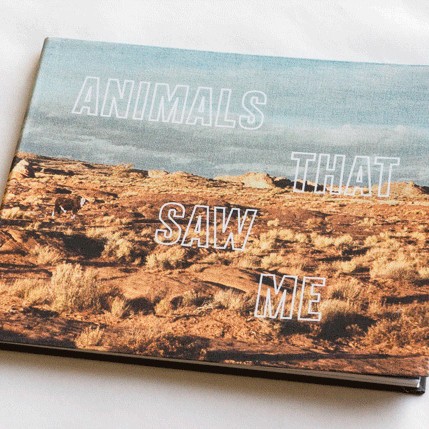
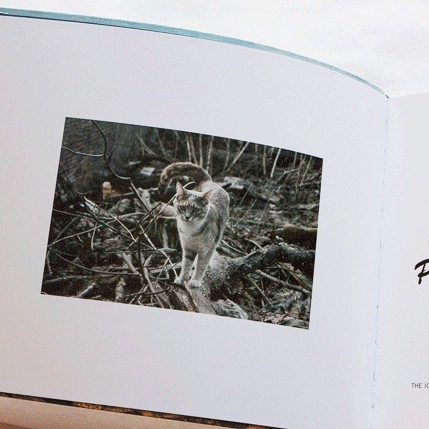
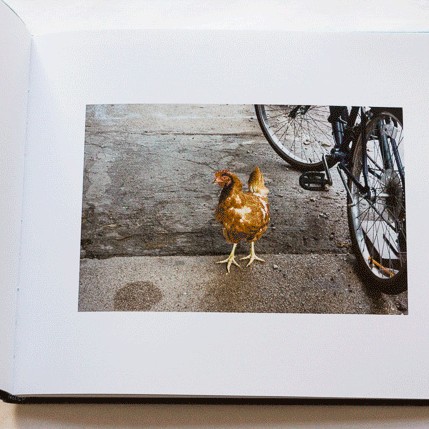
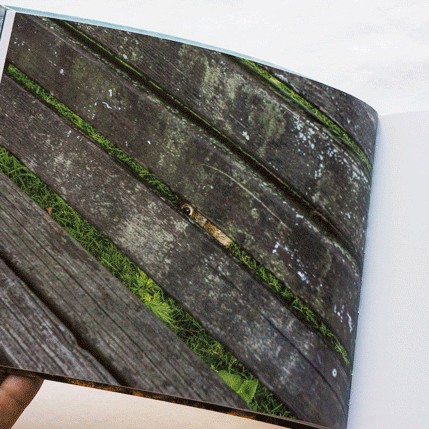
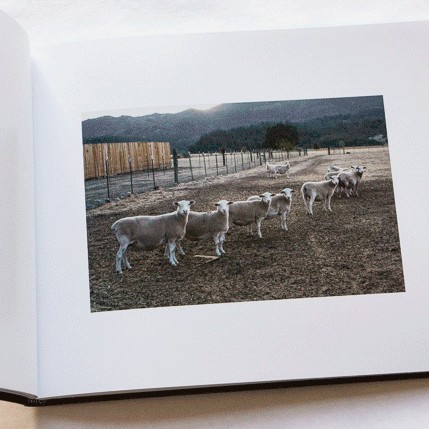
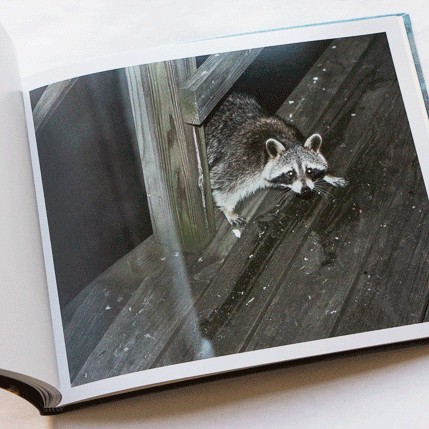


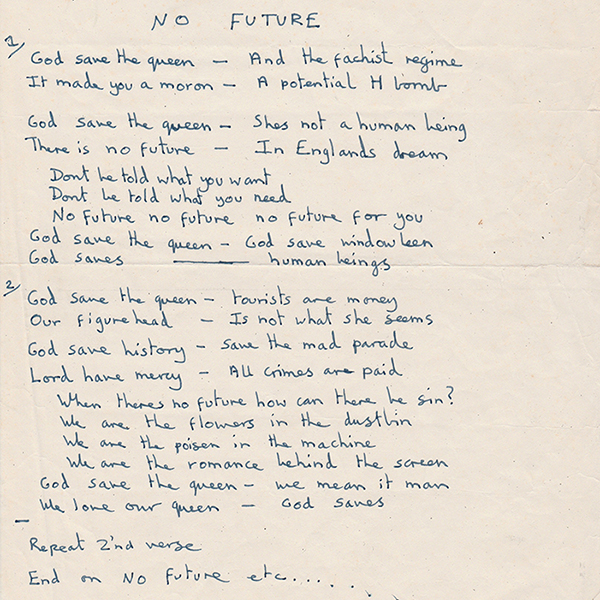

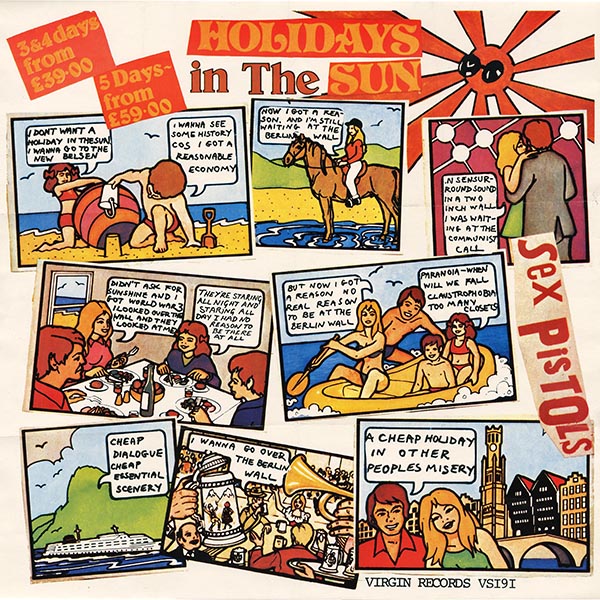
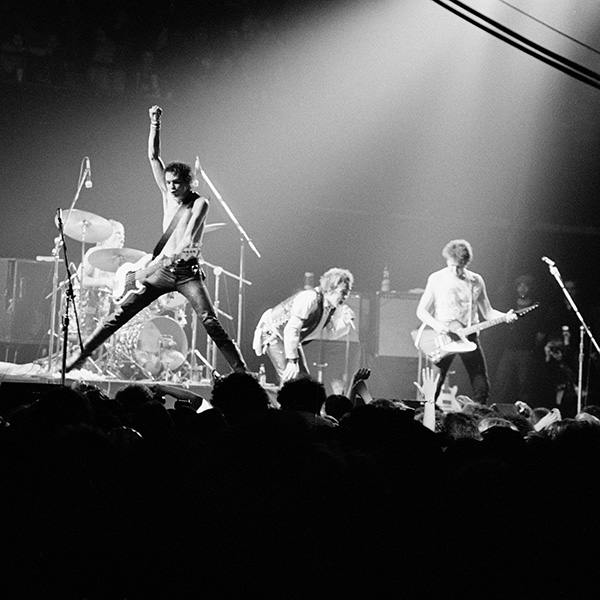
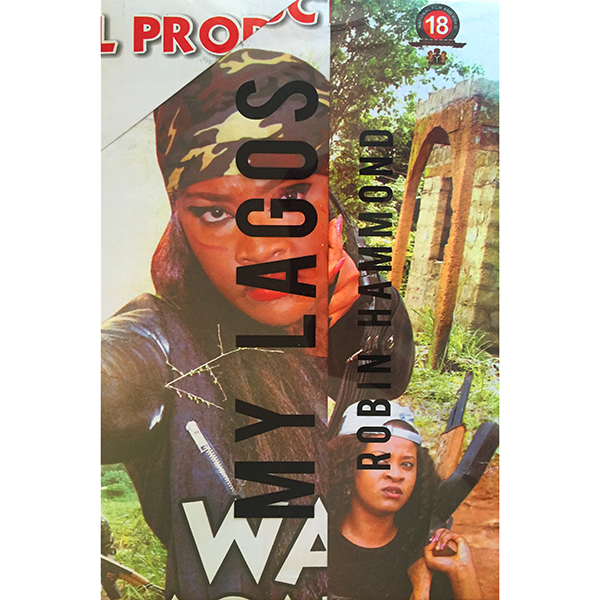






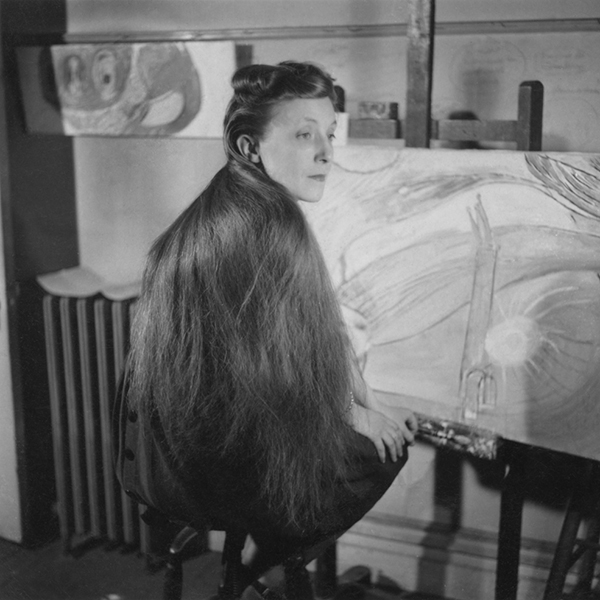
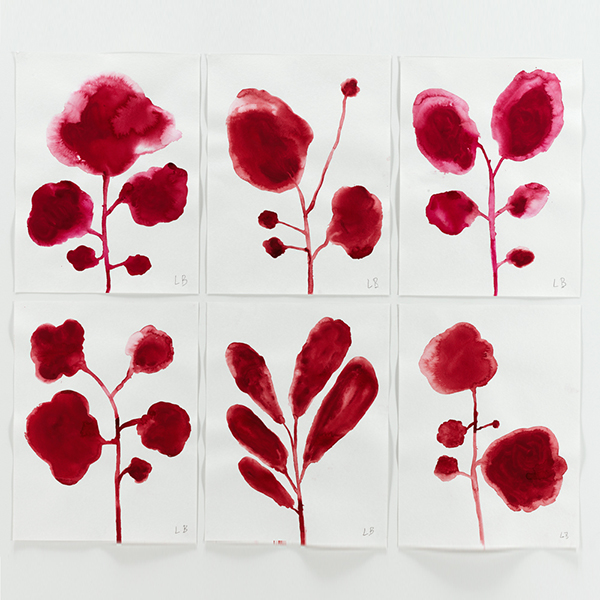

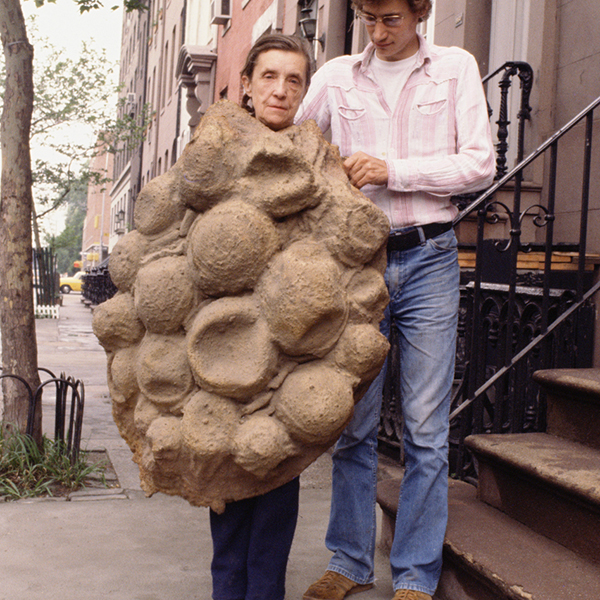
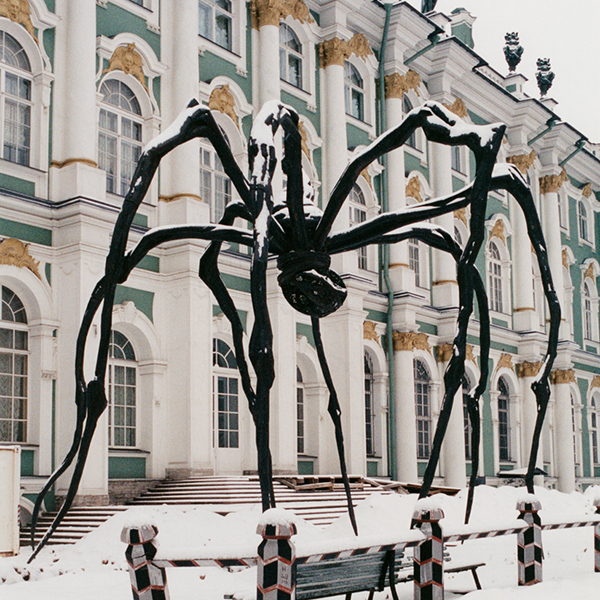
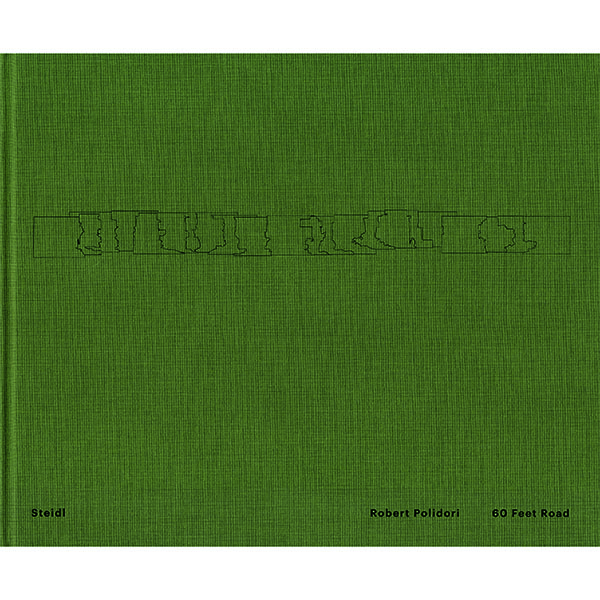








![Mark Rothko Mural, Section 6 {Untitled} [Seagram Mural], 1959 No. 19018 Alt # Estate No. 6009.59; CR# 662 Format of original photography: high res tiff](https://mag.citizensofhumanity.com/wp-content/uploads/2016/11/Pace-Rothko-5.jpg)


